Home → Programmes → Early Warning → Red Alert: Will the US Use a Tactical Nuclear Bomb Against Iran?
Red Alert: Will the US Use a Tactical Nuclear Bomb Against Iran?
On June 22, U.S. President Donald Trump announced that, using its “bunker buster” bomb, the United States had launched an attack on Iran’s Fordow nuclear facility. While Trump declared the strike a success, the complete destruction of the facility remains unconfirmed. This raises a critical question: will Trump consider using a tactical nuclear weapon to ensure its elimination?
Tactical nuclear weapons, unlike strategic ones, are smaller in yield and designed for targeted use on the battlefield rather than for widespread destruction. Though less devastating in scale, their use would carry serious regional and global repercussions.
The Scenario
In the event that the U.S. strike fails to neutralize Iran’s deeply-buried nuclear infrastructure, particularly the Fordow uranium enrichment facility, the U.S. might consider the deployment of a tactical nuclear weapon. This scenario hinges on two main claims. Fordow, is built deep into a mountain, with estimates suggesting it is buried under at least 80 meters of rock. Although the bunker buster’s Massive Ordnance Penetrator is the most powerful non-nuclear penetrating bomb in the U.S. arsenal, analysts have expressed scepticism about its ability to fully destroy highly-protected facilities like Fordow, especially if centrifuges or enriched uranium stockpiles are moved to even more secure sections underground.
Concerns about the efficacy of conventional weapons are compounded by Iranian claims that sensitive materials have already been relocated. Hassan Abedini, the deputy political director of Iran’s state broadcaster, stated that Iran had “evacuated these three nuclear sites a while ago,” minimizing any potential damage from airstrikes. “We didn’t suffer a major blow because the materials had already been taken out,” he said on state-run TV.
Given this, a failed conventional strike could push the Trump administration toward considering a tactical nuclear option. If bunker busters prove inadequate and the intelligence confirms that critical components of Iran’s nuclear program remain intact, the U.S. could resort to a tactical nuclear strike as a last-resort military solution. This would mark a significant escalation with immense geopolitical consequences.
Implications
A U.S. tactical nuclear strike on Iran’s Fordow nuclear facility would have immediate and destabilizing short-term implications for the region. Most pressingly, the geographic scope of the conflict is likely to expand. A key concern is whether the Trump administration would limit the operation to Iran’s nuclear infrastructure, or whether it would respond to Israeli calls to widen the scope, potentially targeting other regime-critical sites. Israel has consistently advocated for a strategy that goes beyond containment, pressing for regime change in Tehran. If the U.S. follows this path, the strike could mark the beginning of a much broader military campaign rather than a confined deterrent action.
Iran’s response would almost certainly involve retaliatory attacks on U.S. assets in the Middle East. These could include military bases the Gulf. In parallel, Iran may use the attack as justification to withdraw from the Nuclear Non-Proliferation Treaty, framing the use of a nuclear weapon against it as a breach of international norms and a reason to pursue its own nuclear deterrent capability.
The long-term consequences are equally, if not more, dire. Even though the weapon used in this scenario is a tactical nuclear device, it still releases radioactive fallout. While the intensity and spread of the radiation are uncertain and depend on numerous technical factors, radiation will nonetheless be present. This contamination would affect not only the immediate site but potentially also nearby cities, infrastructure, and populations.
On a global scale, the political shockwave would be immense. The usage of a nuclear weapon upends existing international norms. States that feel vulnerable or fear abandonment by traditional security alliances may reconsider their current non-nuclear status. In other words, the attack could spark a new era of nuclear proliferation.
“Red Alert” is a series of concise, fast-response articles spotlighting a significant trend or event with forward-looking analysis. Combining imagination with brief analytical insights, it outlines potential future consequences.

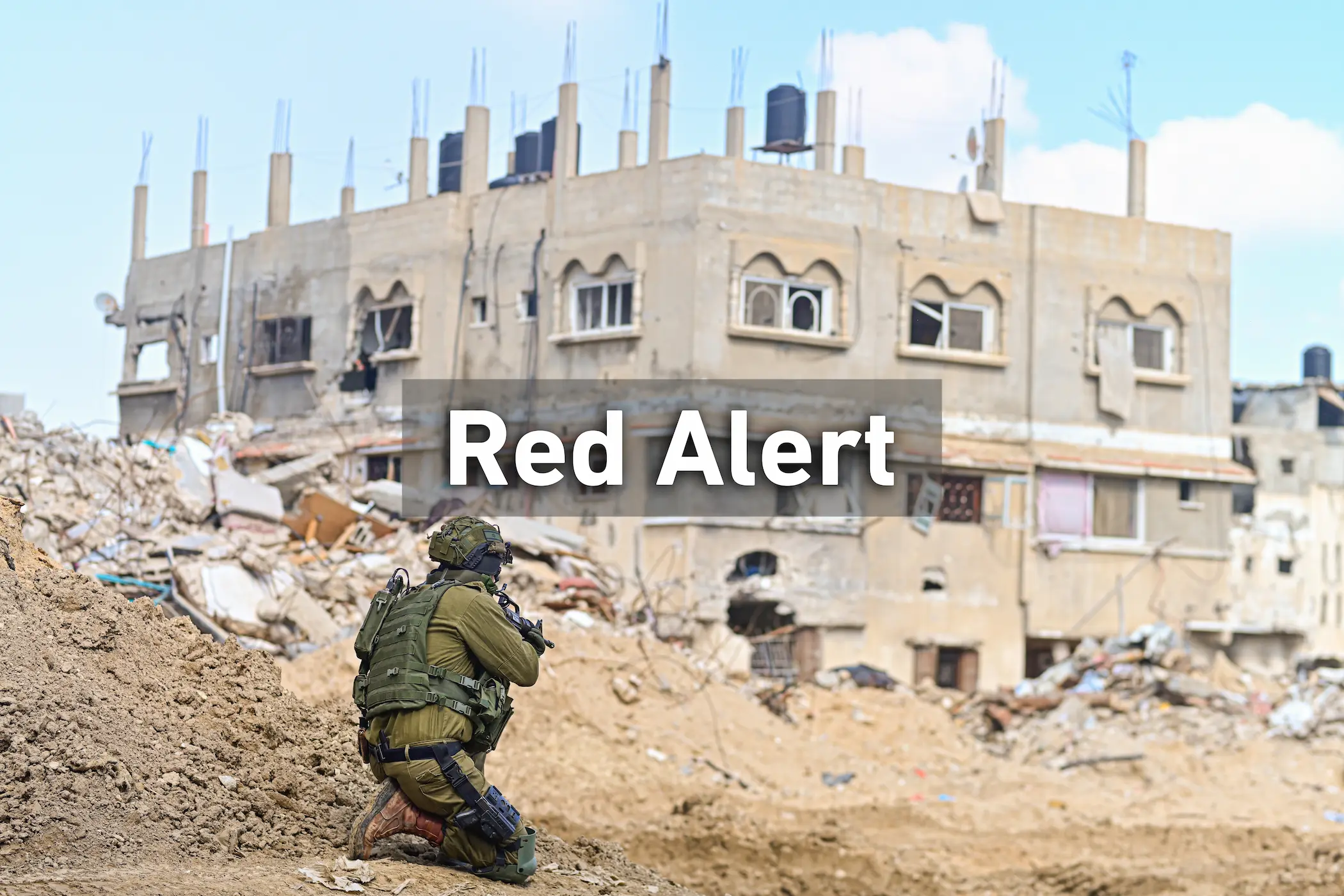
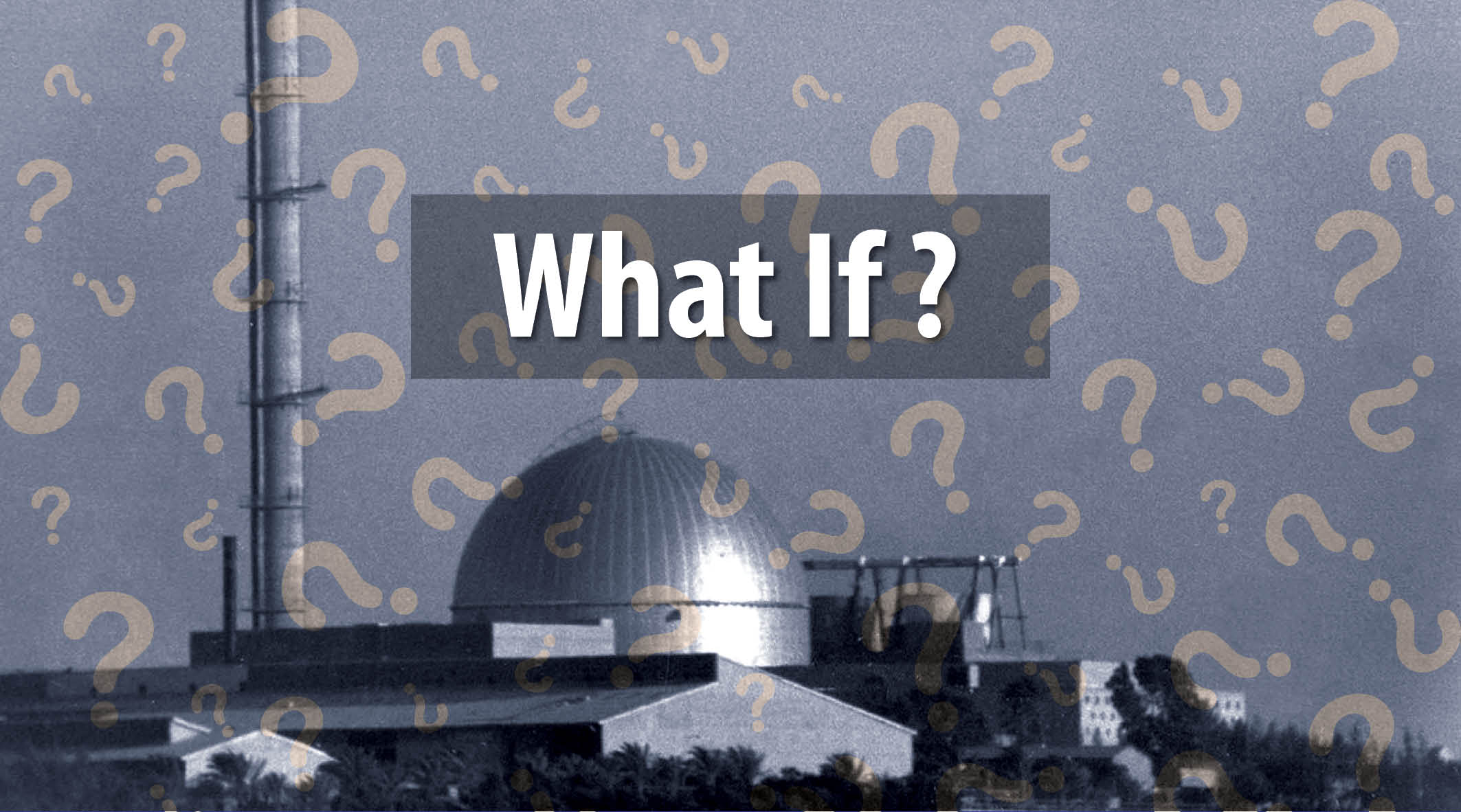
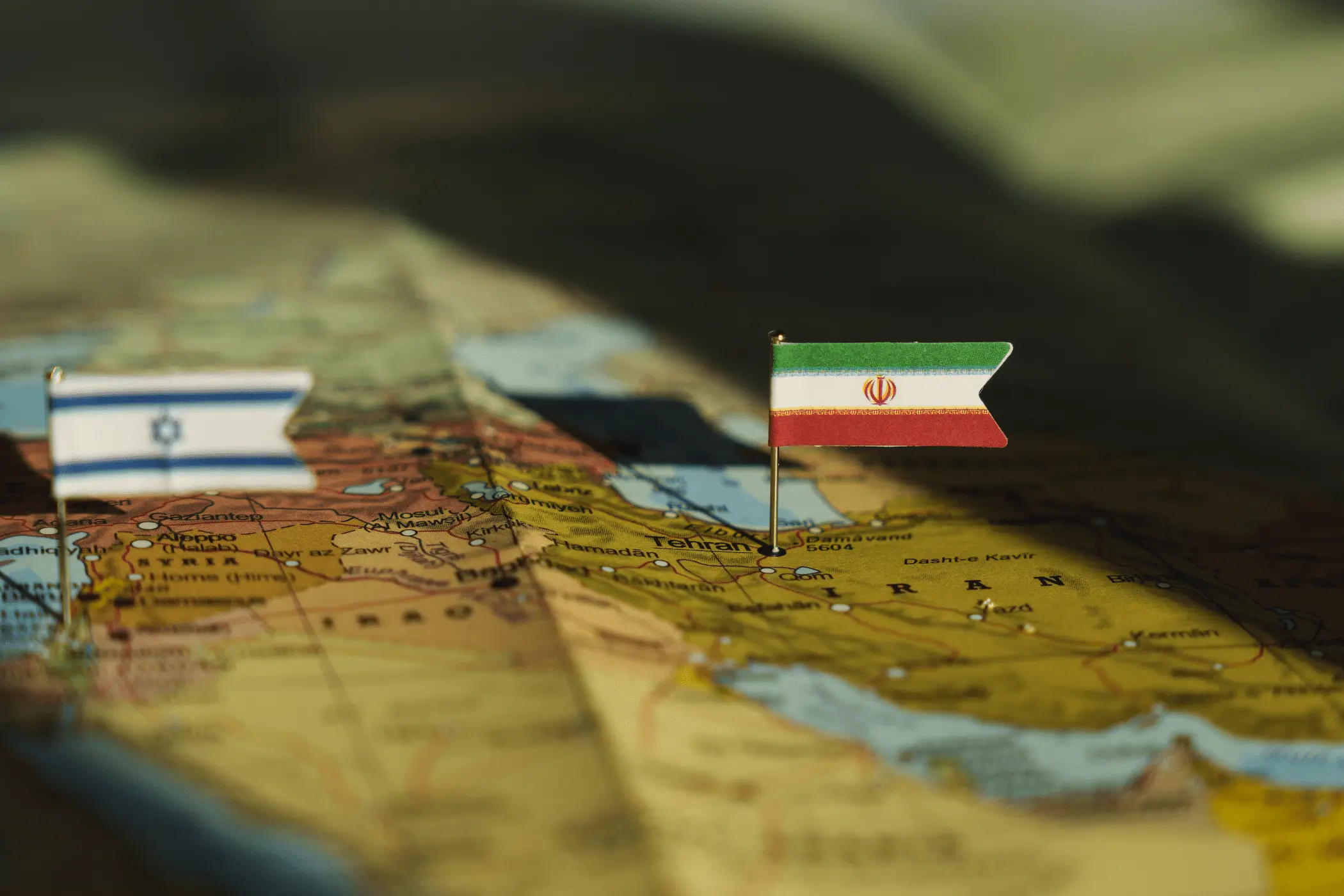
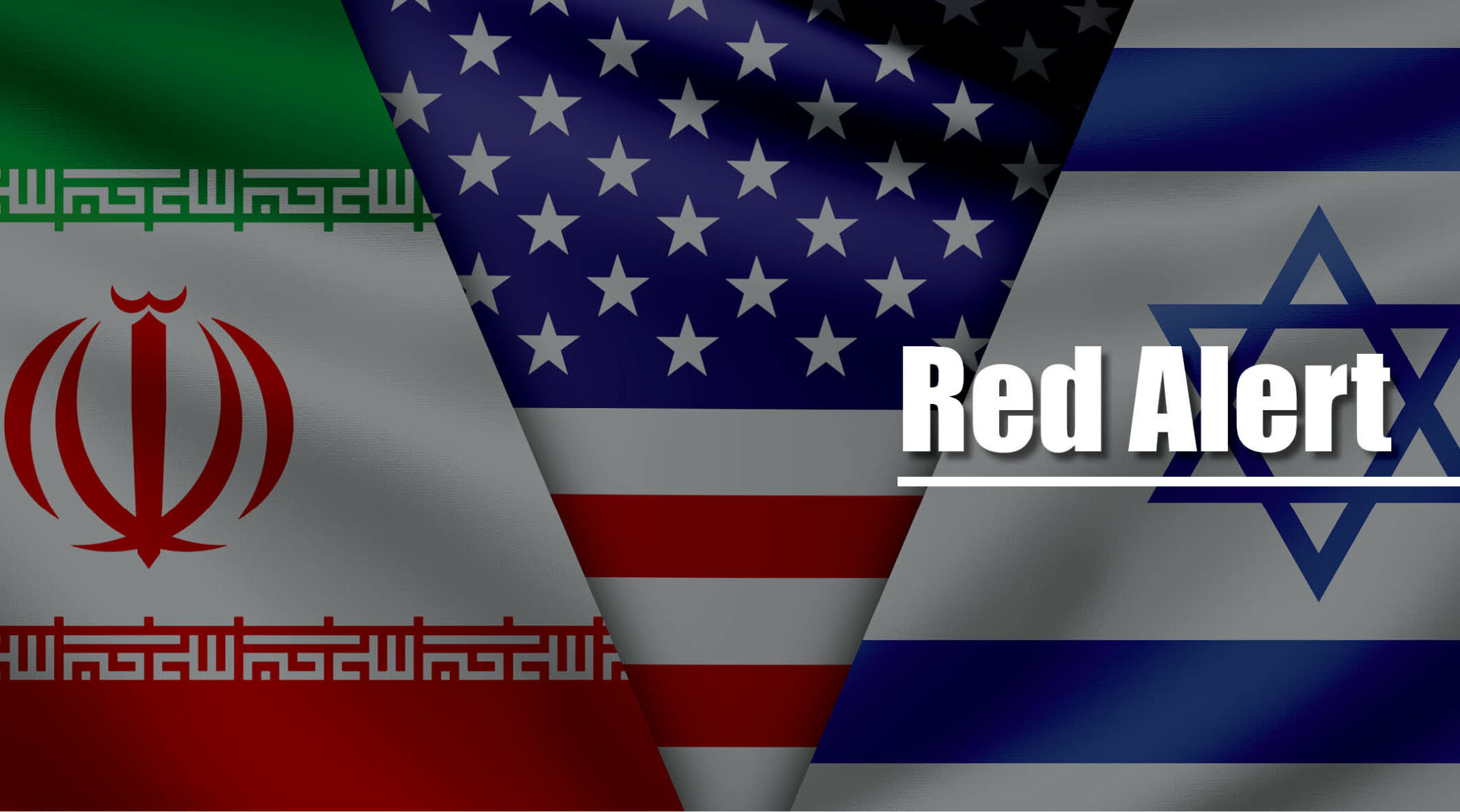
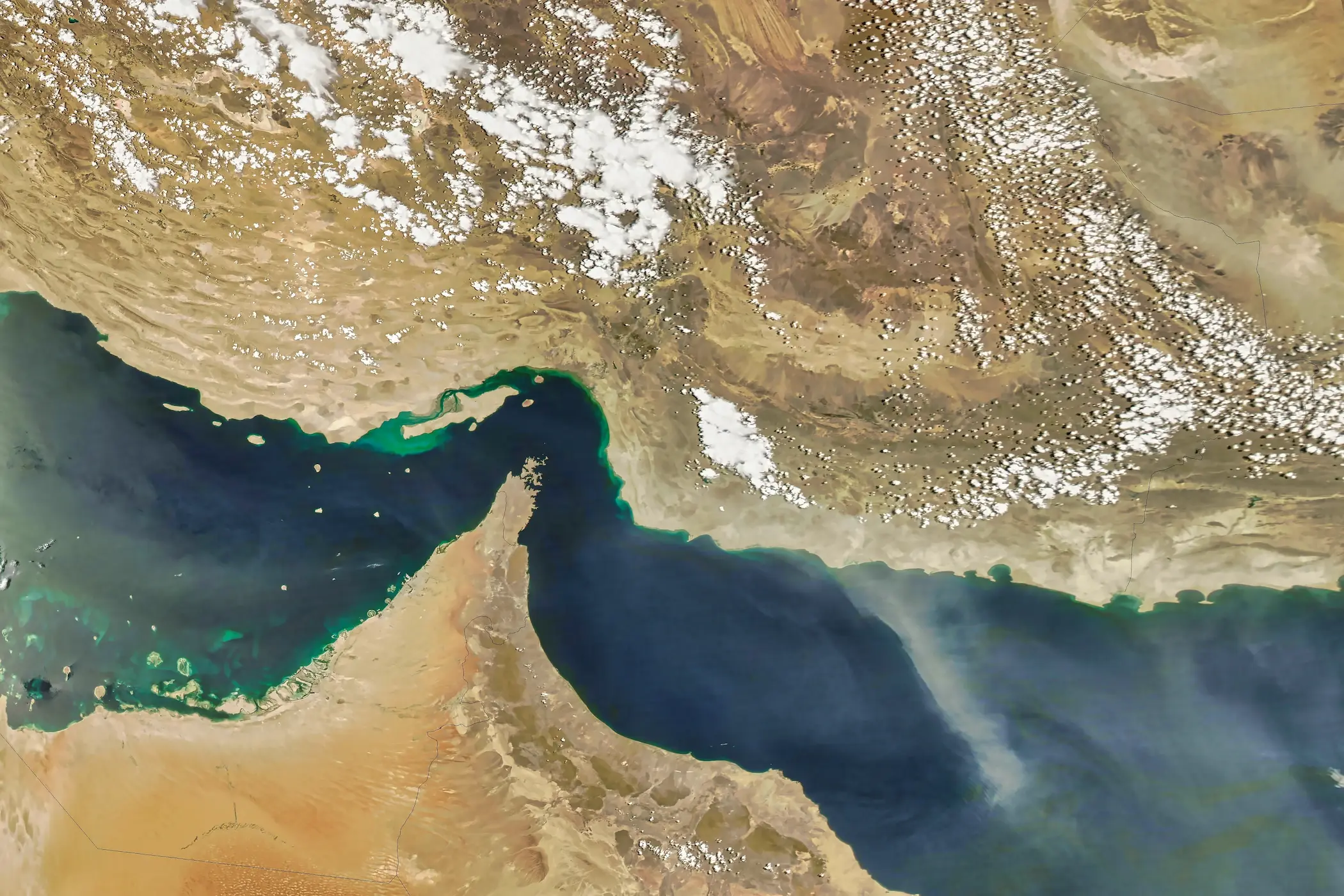
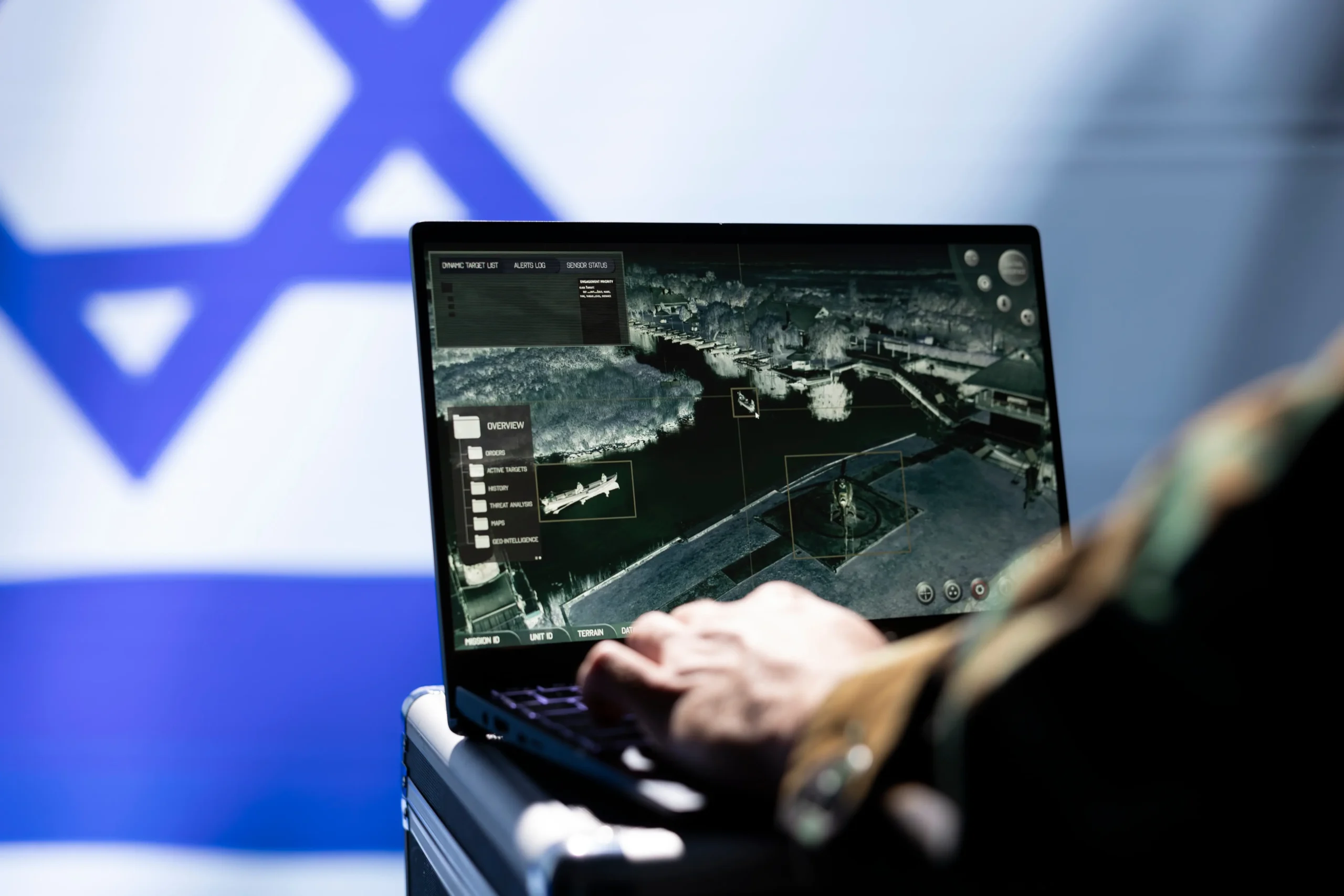
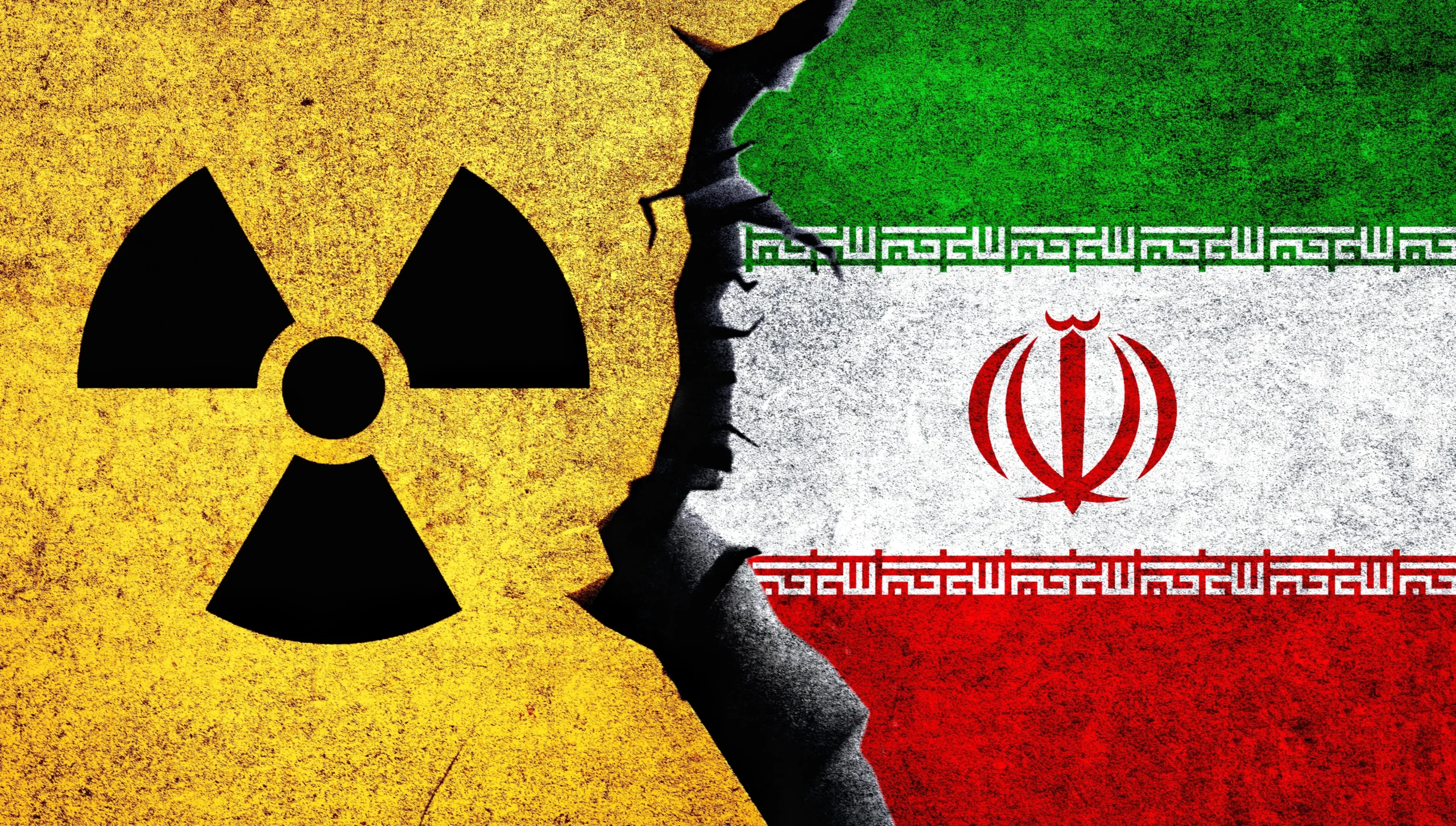
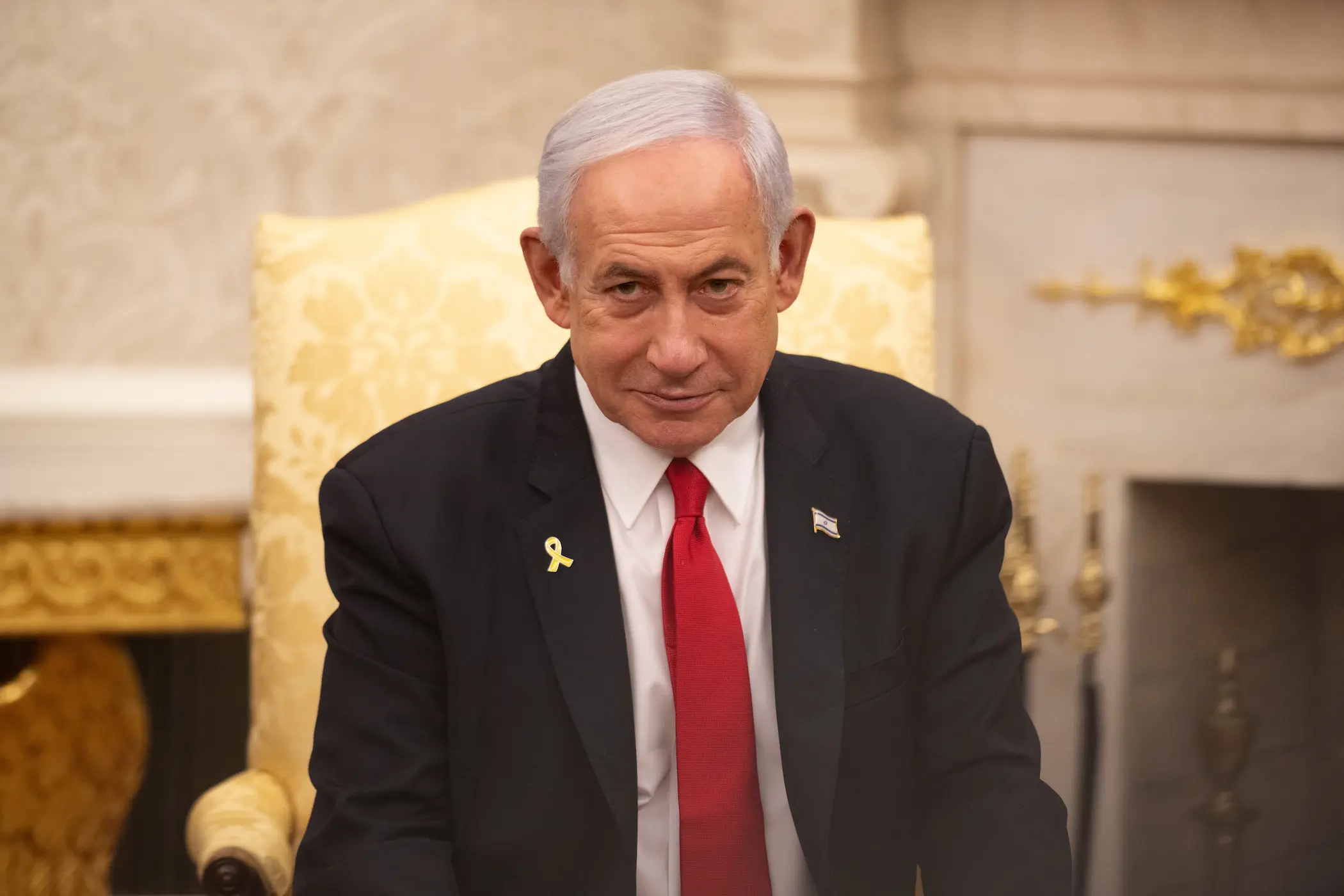
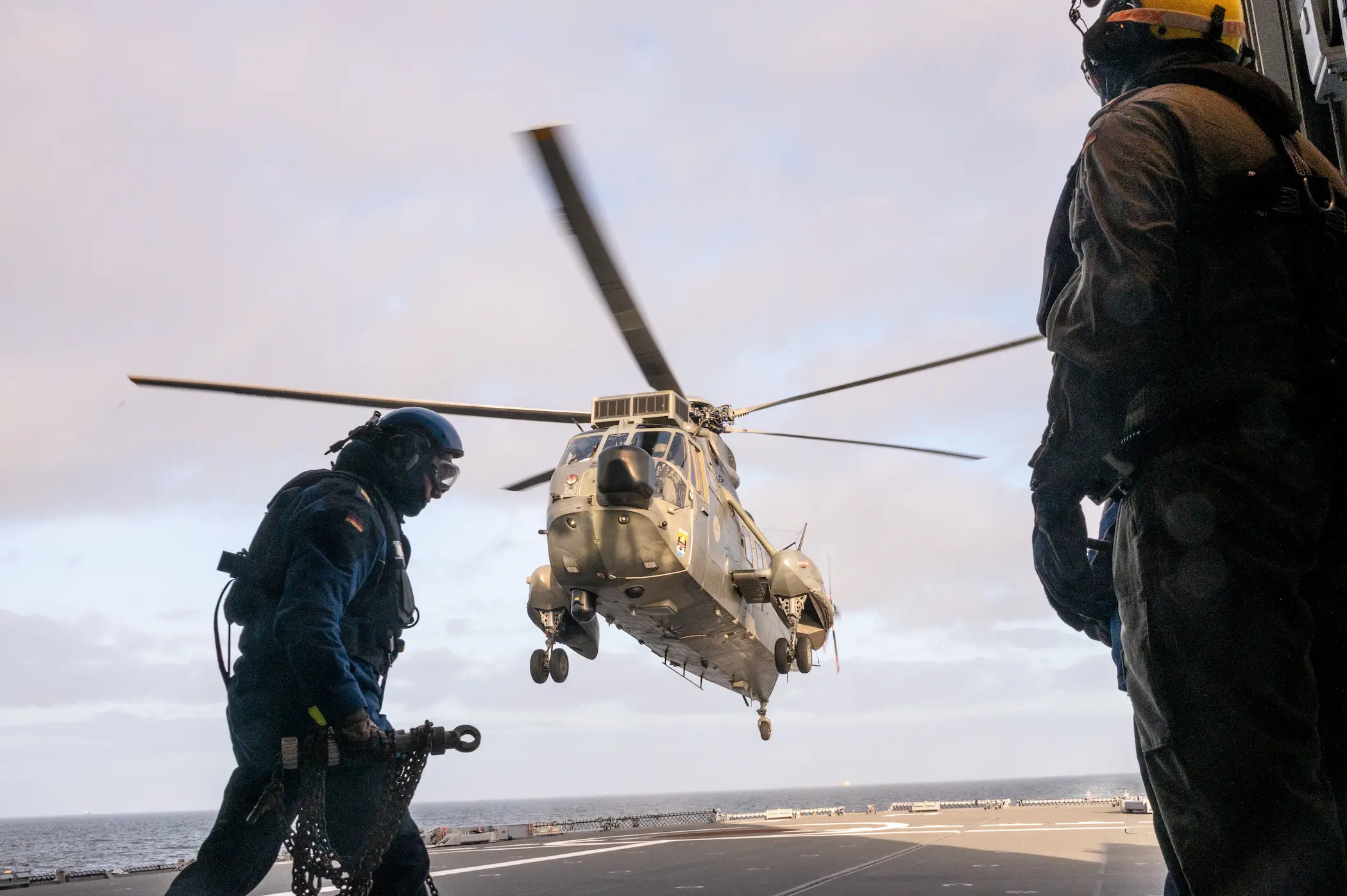
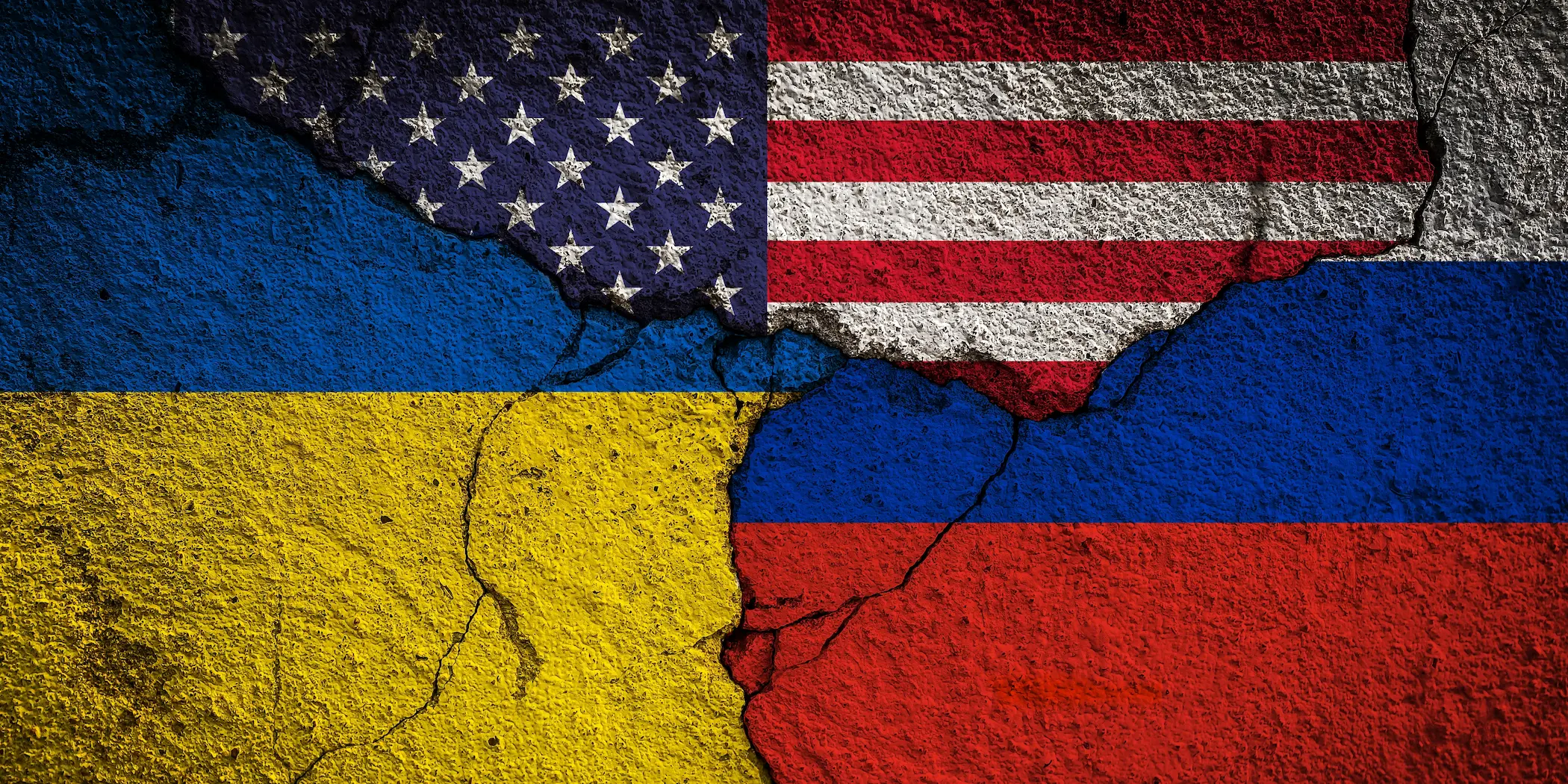

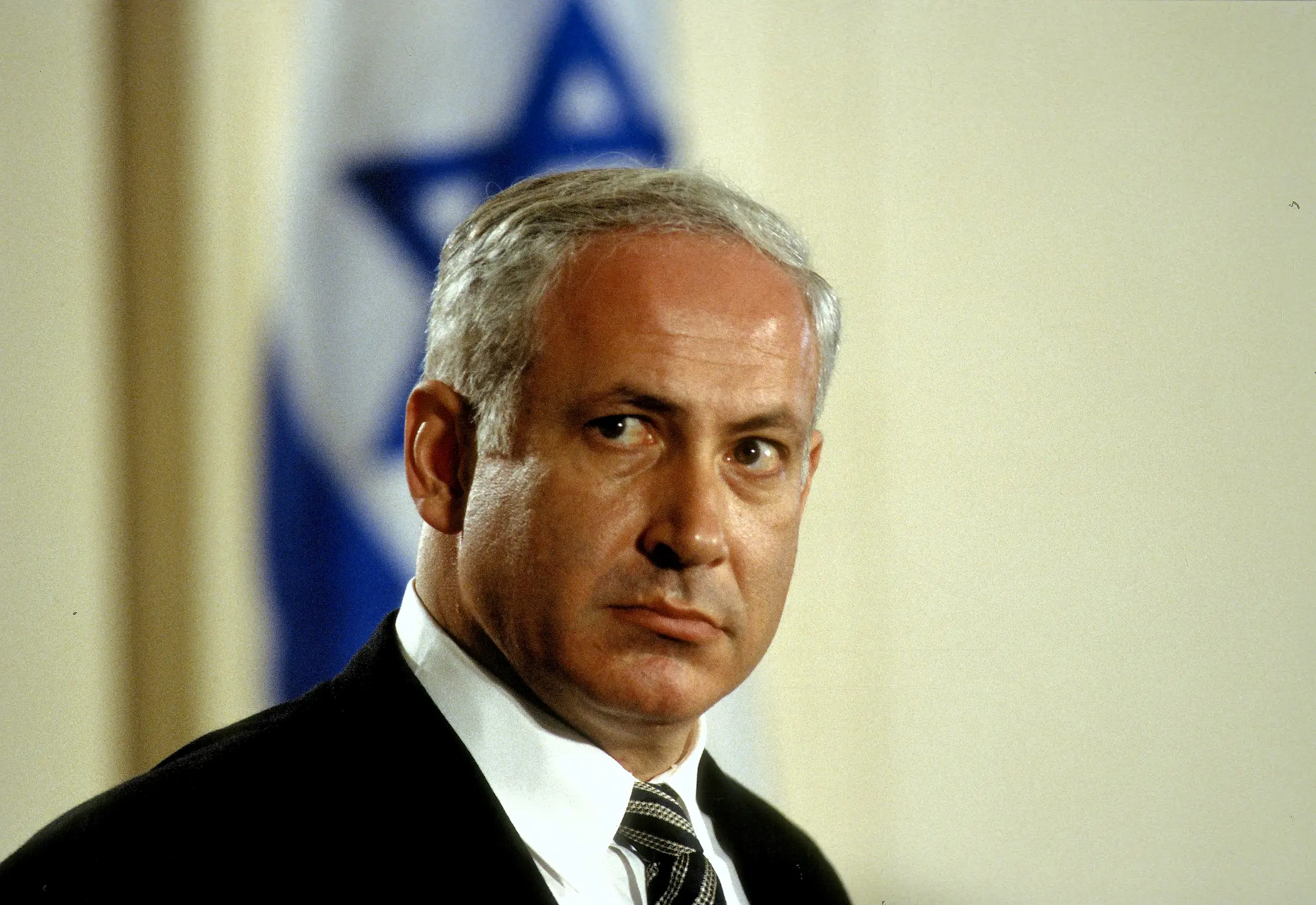

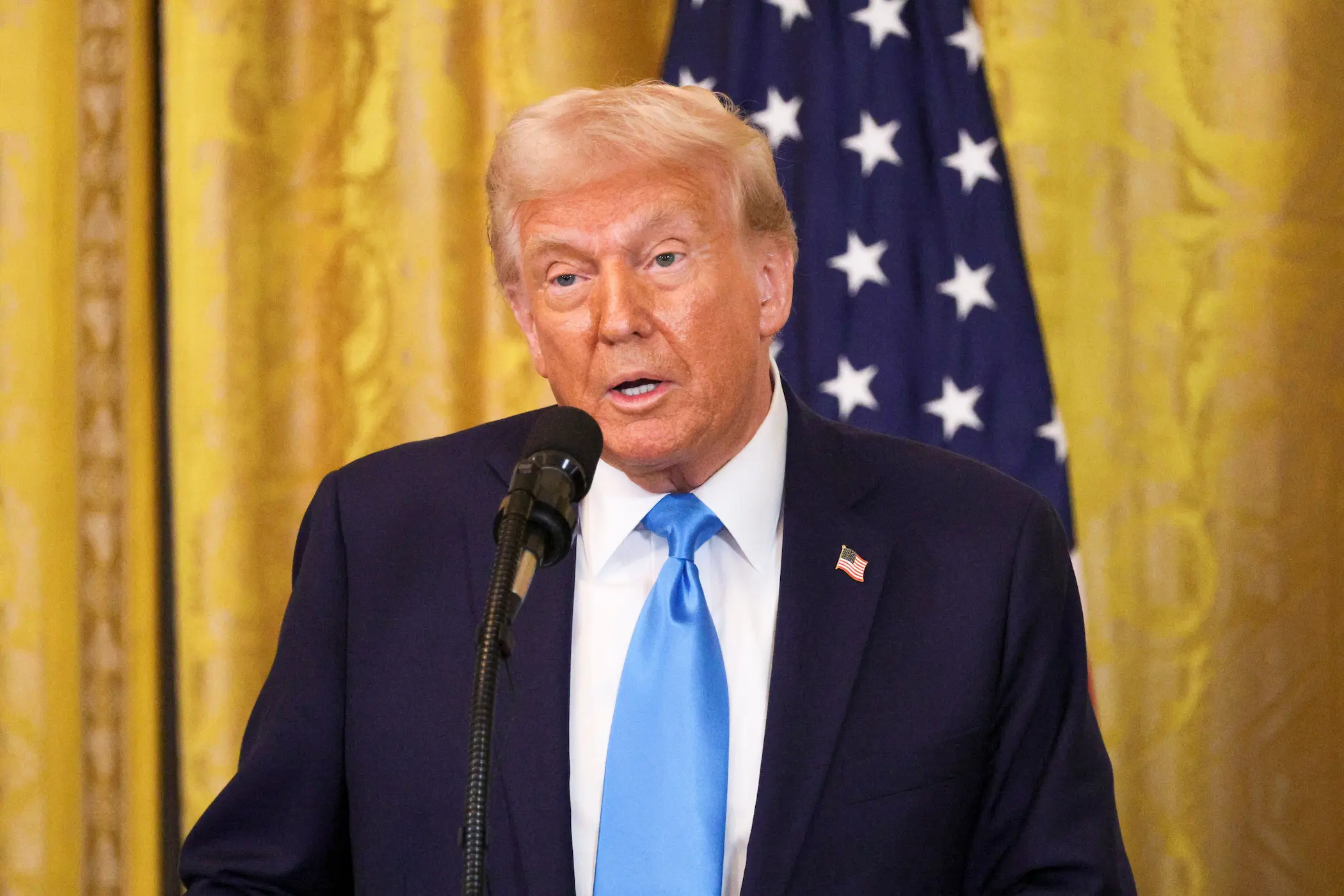




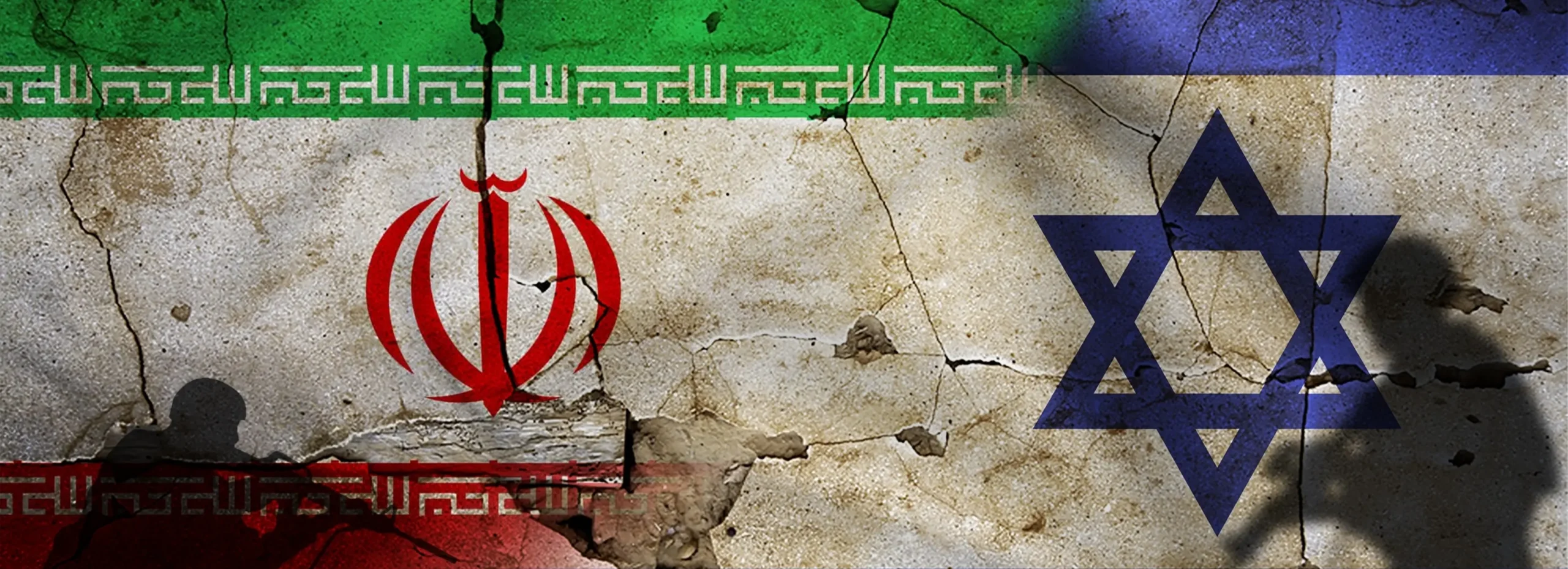
Comments